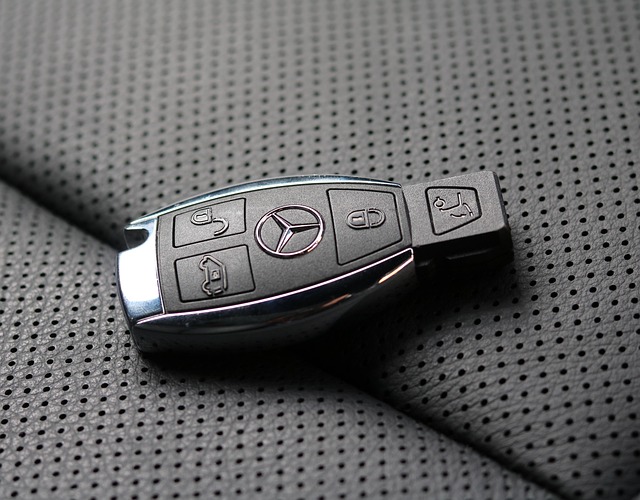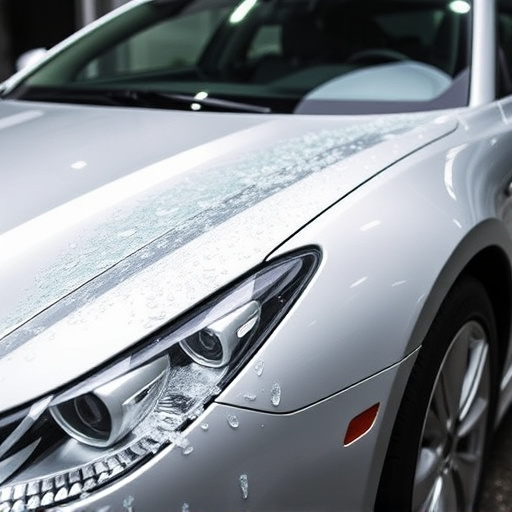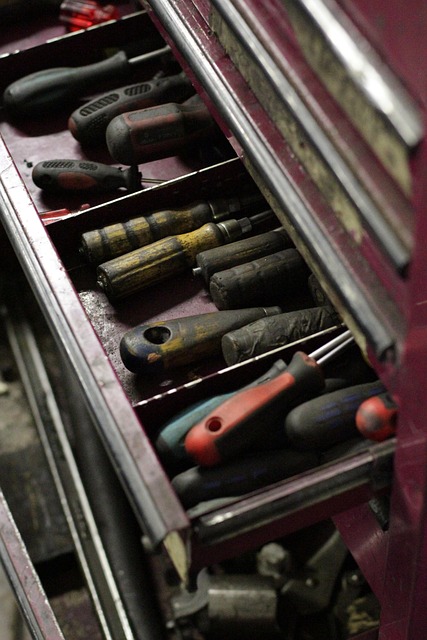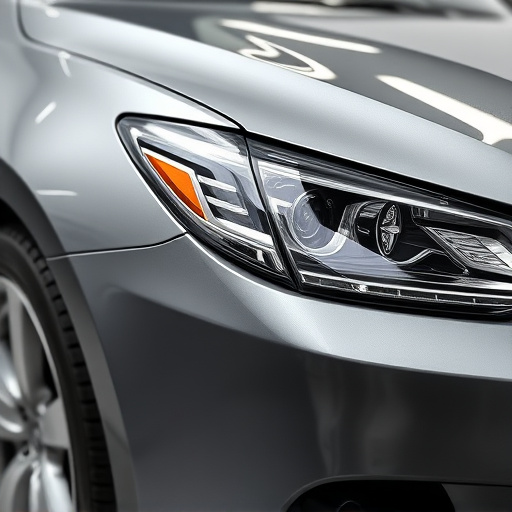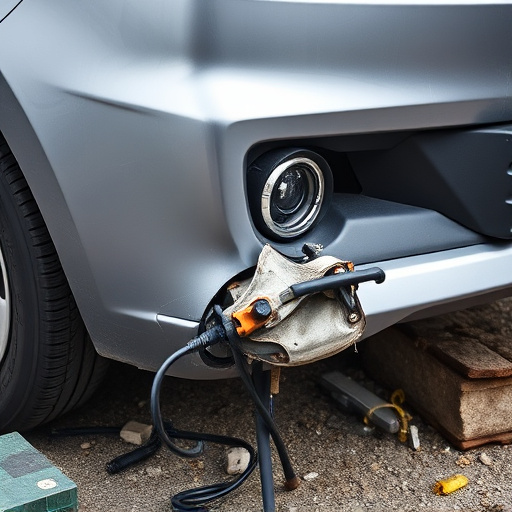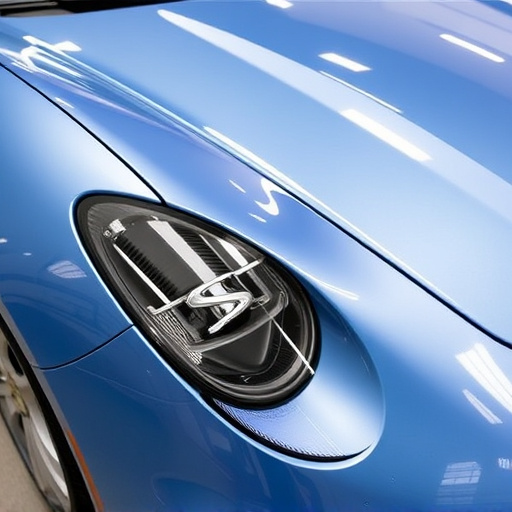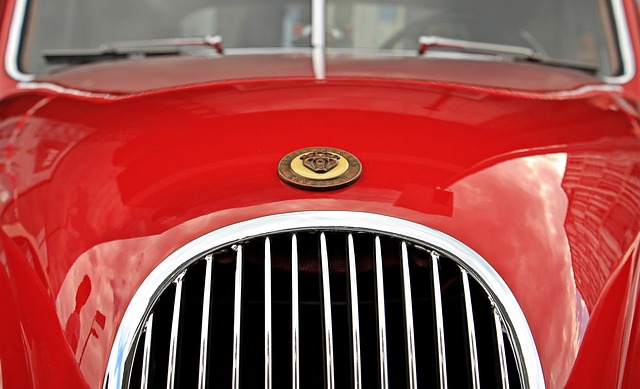Mercedes structural repair goes beyond aesthetics, focusing on restoring safety and integrity after accidents through precise realignment of frames and components. Essential steps include recalibration of Advanced Driver-Assistance Systems (ADAS) sensors to maintain features like lane keeping assist, adaptive cruise control, and automatic emergency braking. Skilled technicians ensure optimal performance and safety standards are met, addressing both visible bodywork repairs and hidden sensor alignment for comprehensive Mercedes structural repair.
Mercedes structural repair is a complex process that demands precision and expertise. When addressing vehicle damage, especially with modern cars featuring advanced driver-assistance systems (ADAS), recalibration of sensors becomes an integral part of the repair process. This article delves into the essentials of Mercedes structural repair, highlighting the significance of ADAS and sensor recalibration for optimal safety and performance. Understanding these aspects ensures that your Mercedes retains its renowned quality and cutting-edge technology after repairs.
- Understanding Mercedes Structural Repair: The Basics
- ADAS and Sensor Recalibration: A Crucial Step in the Process
- Ensuring Safety and Performance After Structural Repairs
Understanding Mercedes Structural Repair: The Basics
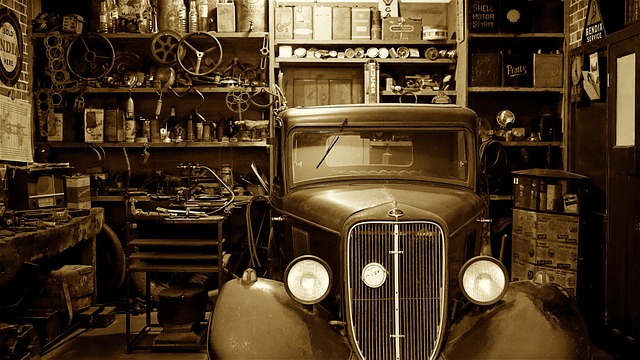
Mercedes structural repair is a specialized process that involves restoring the integrity and safety of Mercedes vehicles after an accident or damage. It goes beyond mere cosmetic fixes; it ensures that the vehicle’s frame, chassis, and various components are aligned precisely, as they play a crucial role in the overall stability and performance of the car. A well-executed mercedes benz repair can make all the difference in terms of safety ratings and the vehicle’s longevity on the road.
When a Mercedes vehicle experiences a collision or significant impact, its advanced driver-assistance systems (ADAS) and sensors may be affected. These systems, designed to enhance safety features like adaptive cruise control, lane-keeping assist, and automatic emergency braking, rely on accurate sensor data. Hence, as part of the repair process, recalibration of these sensors becomes essential. A reputable collision repair shop equipped with the right tools and trained technicians will ensure that every aspect of mercedes structural repair is handled meticulously, including bumper repair, to bring the vehicle back to its optimal condition, both structurally and technologically.
ADAS and Sensor Recalibration: A Crucial Step in the Process
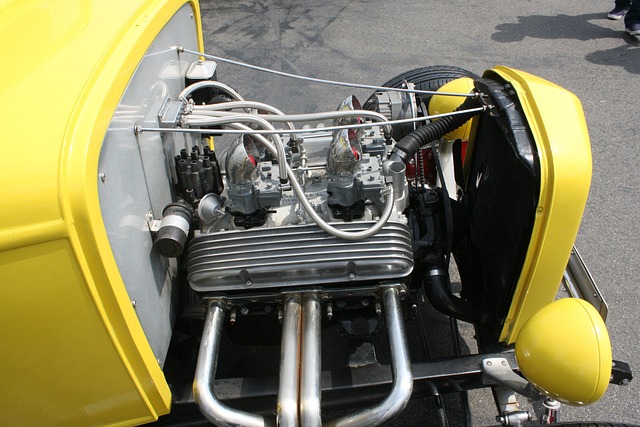
In the intricate process of Mercedes structural repair, Advanced Driver-Assistance Systems (ADAS) and sensor recalibration play a pivotal role. These technologies are becoming increasingly standard in modern vehicles, offering enhanced safety features like lane keeping assist, adaptive cruise control, and automatic emergency braking. When a Mercedes vehicle undergoes structural damage, whether from an accident or collision, the ADAS systems and sensors must be recalibrated to ensure optimal performance and reliability.
Proper recalibration is crucial for maintaining the integrity of these advanced systems. A well-calibrated sensor array allows ADAS to accurately gauge the vehicle’s surroundings, enabling precise control and intervention when needed. Skipping this step in a collision center or car bodywork shop could lead to suboptimal safety features post-repair, defeating the purpose of a high-quality structural repair that encompasses not just the visible car bodywork but also the intricate web of sensors and systems beneath it.
Ensuring Safety and Performance After Structural Repairs
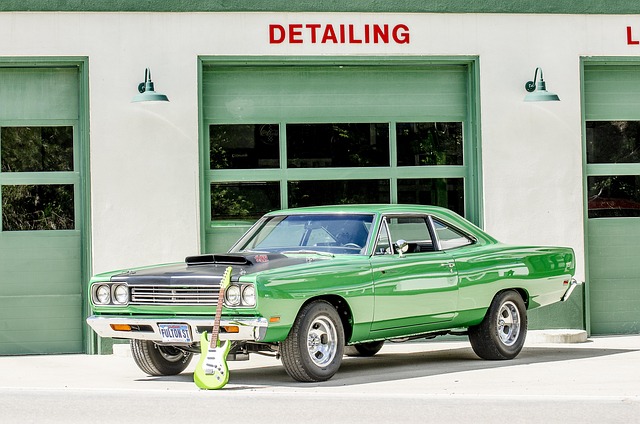
After completing Mercedes structural repairs, whether it’s a fender (bumper) replacement or more extensive auto bodywork, ensuring the safety and performance of the vehicle is paramount. Beyond simply fixing the visible damage, specialized technicians must calibrate and re-establish the alignment of Advanced Driver Assistance Systems (ADAS) sensors. These sensors play a crucial role in modern driving safety features like lane keeping assist, adaptive cruise control, and automatic emergency braking. Any misalignment can lead to erratic or failed performance of these critical systems.
Therefore, during Mercedes structural repair, particularly after collision repair, meticulous sensor recalibration is essential. Skilled technicians use specialized tools to ensure the ADAS sensors are accurately aligned with the vehicle’s frame, guaranteeing optimal safety and driving dynamics. This meticulous attention to detail ensures that the repaired vehicle not only looks good as new but also performs up to Mercedes-Benz’s renowned standards, providing peace of mind for drivers on the road.
Mercedes structural repair involves more than just fixing visible damage; it encompasses crucial steps like ADAS (Advanced Driver-Assistance Systems) sensor recalibration. This ensures that advanced safety features function optimally, maintaining both the performance and integrity of the vehicle. By integrating these technologies seamlessly, Mercedes owners can drive with enhanced confidence, knowing their cars are ready to navigate modern roads safely.


